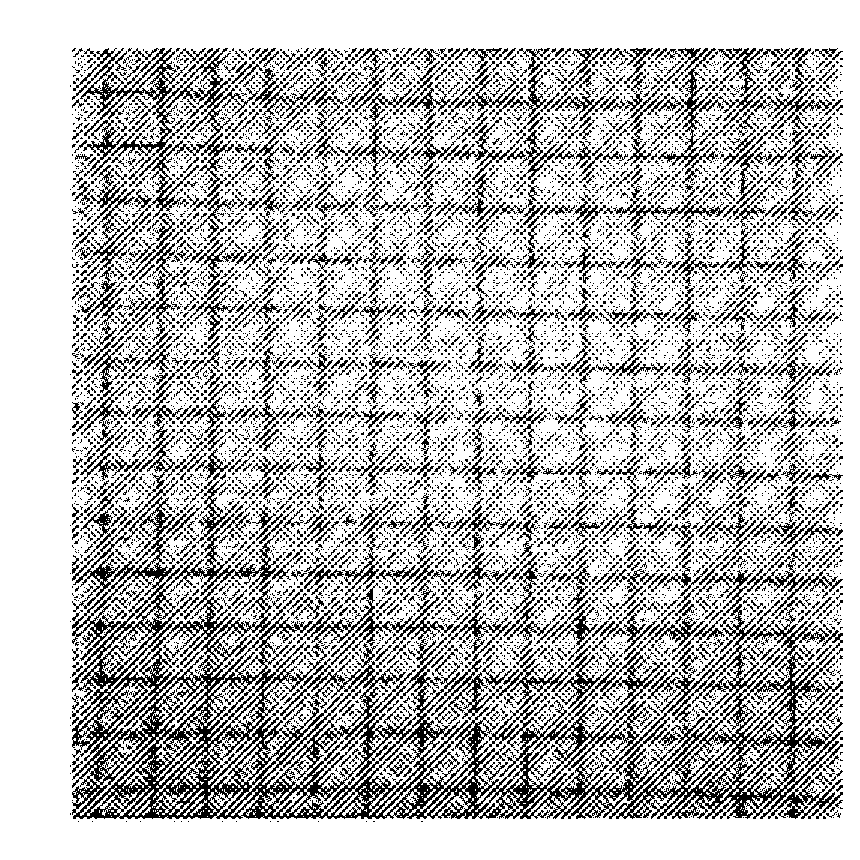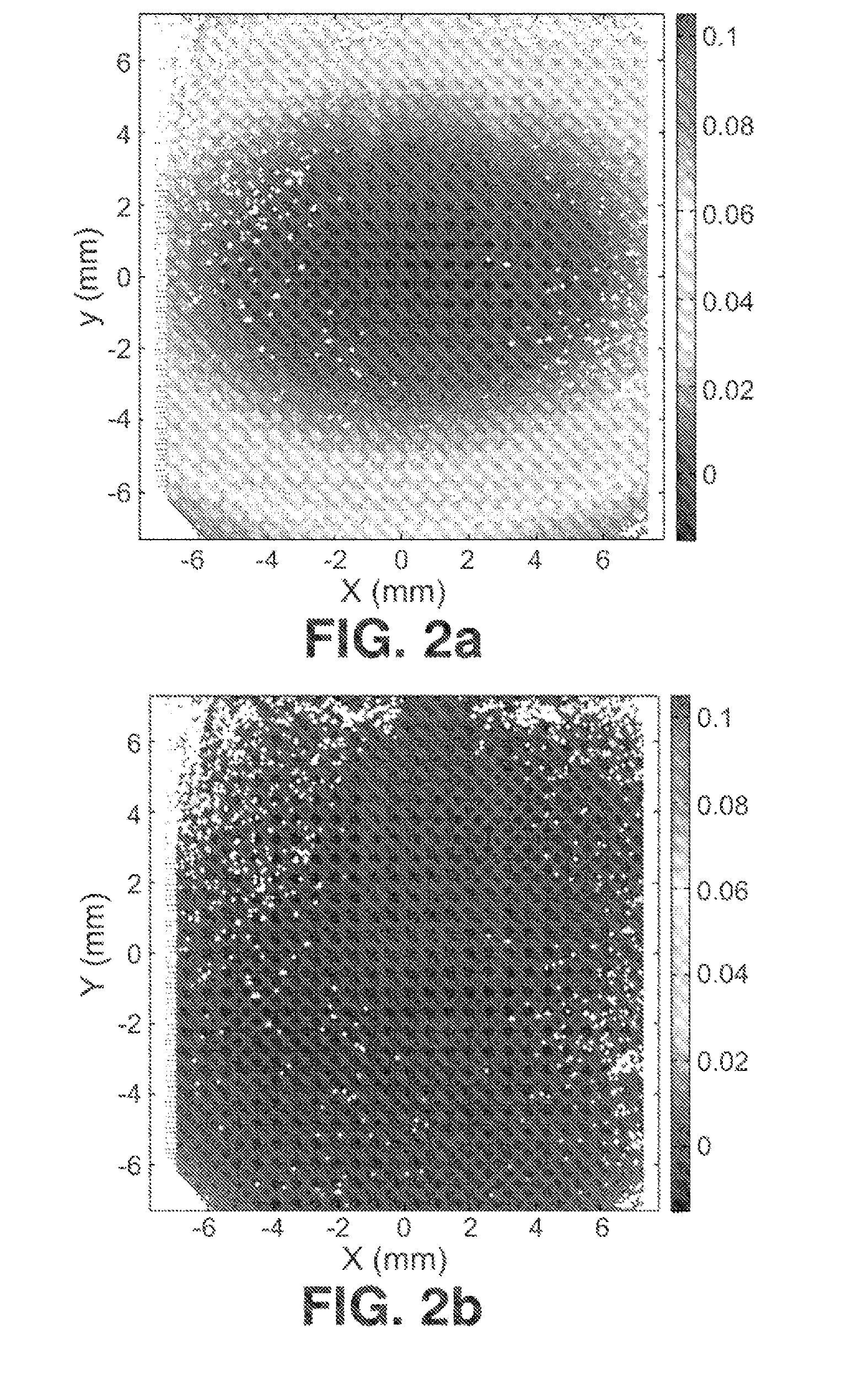Method for calibrating and correcting the scanning distortion of an optical coherence tomography system
a technology of optical coherence tomography and scanning distortion, applied in the field of calibrating and correcting the scanning distortion of an optical coherence tomography system, can solve the problems of limited use of the optical coherence tomography (oct) technique as a topographical technique, field distortion and astigmatism in images, and flat mirrors, etc., to achieve the effect of improving the optical coherence tomography techniqu
- Summary
- Abstract
- Description
- Claims
- Application Information
AI Technical Summary
Benefits of technology
Problems solved by technology
Method used
Image
Examples
Embodiment Construction
[0017]In order to fulfill the objectives and avoid the limitations set out above, the invention consists of a method for calibrating any kind of optical coherence tomography system.
[0018]The method of the present invention is proposed as a calibration protocol for any optical coherence tomography system for obtaining quantitative topographical maps based on three-dimensional optical coherence tomography images of the sample. The method allows correcting distortion in any optical coherence tomography system, independently of its specific optical and geometric configuration, in comparison to other methods described, which are limited to one particular configuration of the system or to two-dimensional images or they adopt a hypothesis that requires previous knowledge of the system, including the arrangement of the elements thereof and the system alignment and response. The present invention approaches the empirical measurement of system scanning distortion, determining, via use of a re...
PUM
 Login to View More
Login to View More Abstract
Description
Claims
Application Information
 Login to View More
Login to View More - R&D
- Intellectual Property
- Life Sciences
- Materials
- Tech Scout
- Unparalleled Data Quality
- Higher Quality Content
- 60% Fewer Hallucinations
Browse by: Latest US Patents, China's latest patents, Technical Efficacy Thesaurus, Application Domain, Technology Topic, Popular Technical Reports.
© 2025 PatSnap. All rights reserved.Legal|Privacy policy|Modern Slavery Act Transparency Statement|Sitemap|About US| Contact US: help@patsnap.com



